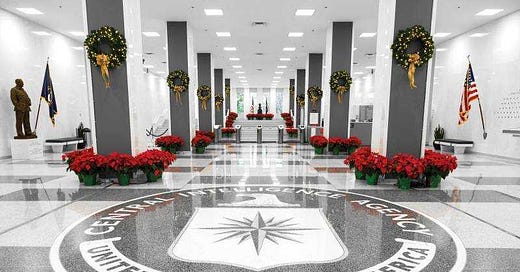Langley’s Big Fat HUMINT Problem
CIA’s facing a mounting crisis in human intelligence collection – is there a way forward?
Since its creation with the National Security Act of 1947 (which also birthed a unified Department of Defense and independent Air Force), the Central Intelligence Agency has been America’s best-known espionage outfit. The lion’s share of novels and movies depicting U.S. foreign intelligence involve CIA, rather than the lesser-known National Security Agency, much less Intelligence Community organizations which the public barely seems aware of at all such as the Defense Intelligence Agency or the National Geospatial-Intelligence Agency.
That’s because CIA owns the IC’s human intelligence mission abroad, what can be termed old-fashioned spying or HUMINT for short. There are other American spy outfits possessing some sort of overseas HUMINT mission, often of a niche kind, but Langley controls it bureaucratically (just as NSA owns signals intelligence in the IC).
HUMINT is what gives CIA its mystique. Although most CIA employees aren’t case officers trying to recruit foreigners to spy for them, in the public mind, old-fashioned espionage of the kind that’s as old as civilization itself, as depicted in the Bible, is what that agency is about. All around the world, many U.S. diplomatic missions possess a secret CIA office usually called a Station in embassies or a Base in consulates or smaller diplomatic sites. The existence of these secret offices is seldom publicly admitted, even when the presence of, say, CIA’s Paris Station has been widely known for decades, reported across various media.
Keep reading with a 7-day free trial
Subscribe to TOP SECRET UMBRA to keep reading this post and get 7 days of free access to the full post archives.



